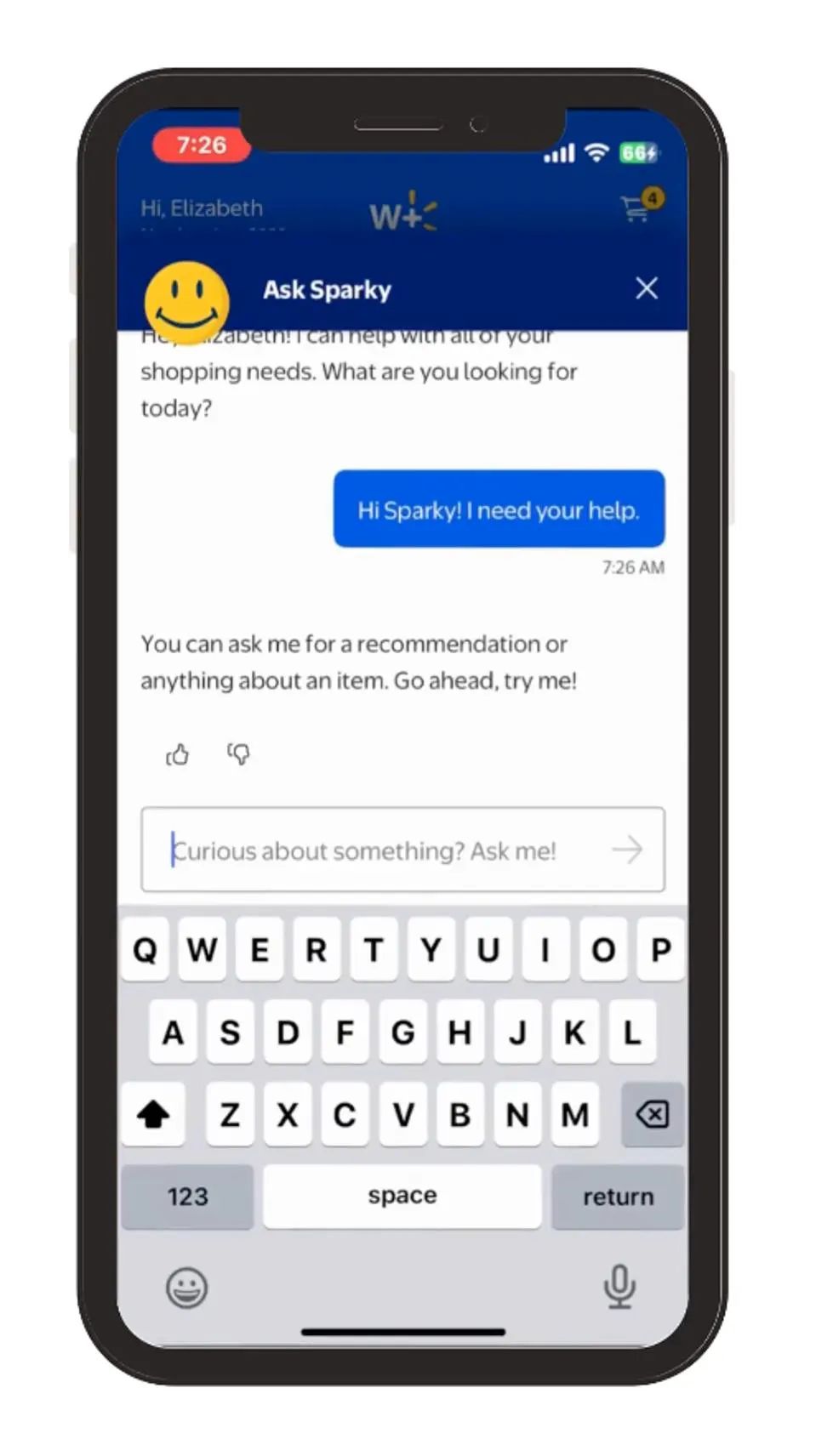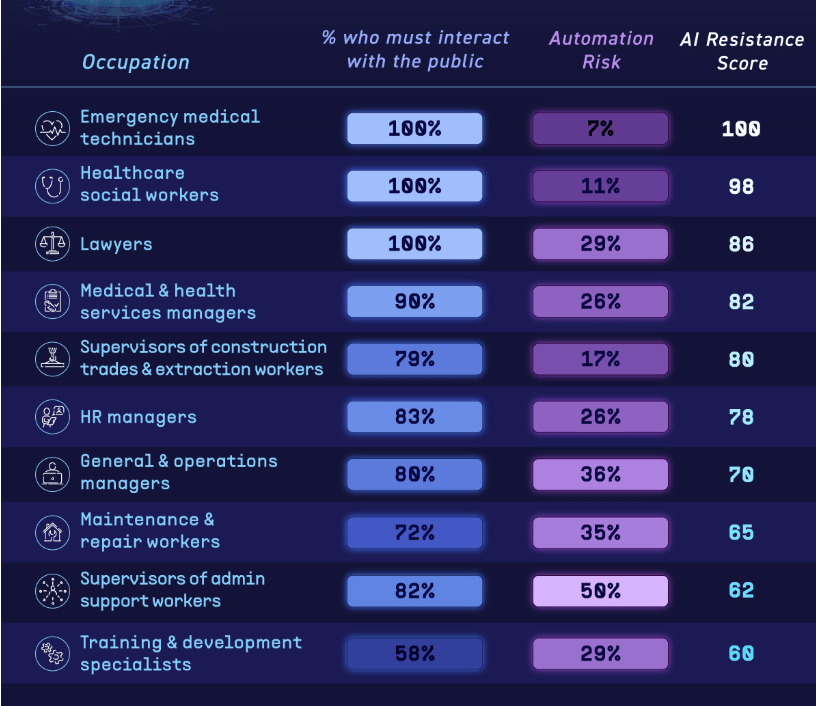- Markets - Around The World
- Posts
- Walmart's AI Roadmap
Walmart's AI Roadmap
& Safest 'AI Jobs' Ranked
Walmart’s AI Strategy with 4 Super Agents
Walmart is restructuring its AI strategy by consolidating dozens of fragmented agents into four unified “super agents” — each designed for customers, employees, engineers, and suppliers. These interfaces will streamline access to AI tools previously scattered across systems, creating a more intuitive experience for users.

The customer-facing super agent, Sparky, is already live, while the others will roll out over the next year. Walmart envisions Sparky evolving into a truly autonomous shopping agent that can automatically create weekly grocery baskets, analyze photos of customers’ pantries to suggest recipes, and guide complex purchase decisions. While Amazon appears to be building a "walled garden" of proprietary AI tools, Walmart is designing Sparky to interact with other agents and systems.
This openness reflects a broader trend I've observed: shoppers will increasingly turn to their own personal AI assistants for help interacting with retailers, rather than relying on retailer AI assistants that are limited by their own walled gardens. Walmart seems to recognize this reality and is positioning accordingly.
Each super agent targets distinct needs: Sparky helps customers shop smarter and more personally; Marty, for suppliers, will enable campaign planning and real-time analytics. The employee agent will manage HR tasks like benefits or discount cards, while the engineering agent will streamline development workflows and internal tool access.
Which Jobs Are Safest from AI?

Credits: Visual Cap
Despite the rise of generative AI, some professions remain remarkably safe. Roles with high public interaction and low automation risk—like EMTs (100% public-facing, 7% automation risk) and social workers (100%, 11%)—top the list.
Management roles are also holding steady. HR managers (83% public interaction, 26% risk) and operations managers (80%, 36%) remain hard to replicate due to their reliance on leadership, judgment, and strategic thinking.
Skilled trades continue to resist the AI wave. Maintenance and repair workers (72% interaction, 35% risk) and construction supervisors (79%, 17%) thrive on unpredictable, real-world problem solving—something algorithms still can't master.
A new ‘AI Model’ Can Predict Human Choices — Even in Totally New Scenarios
Centaur, a new AI model from Helmholtz Munich, has been trained on over 10.6 million decisions made by 60,000+ people in psych experiments—and it’s eerily good at predicting what we’ll do next. It even holds up in completely unfamiliar situations, thanks to its training on a dataset called Psych-101 and a foundation built on LLaMA 3.1.
The model doesn’t just guess what decision you'll make—it also estimates how fast you’ll make it. On a subset of 4 million response times, Centaur beat both traditional cognitive models. That’s serious predictive power rooted in actual cognitive science.
Next up? An expanded dataset—Psych-201—aiming to scale up to 100 million decisions from nearly a million participants. The goal: build a virtual brain lab that understands not just how we think, but how we feel, decide, hesitate, and react—potentially reshaping clinical psychology and mental health research.